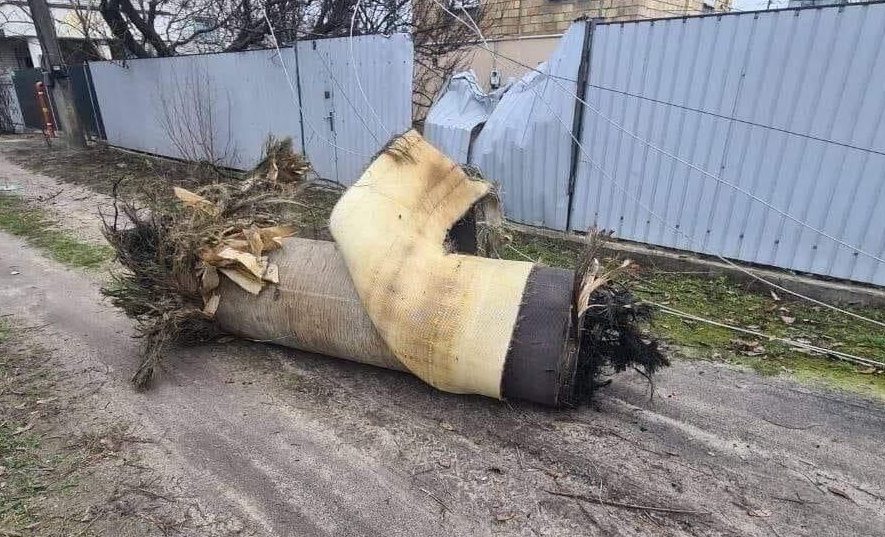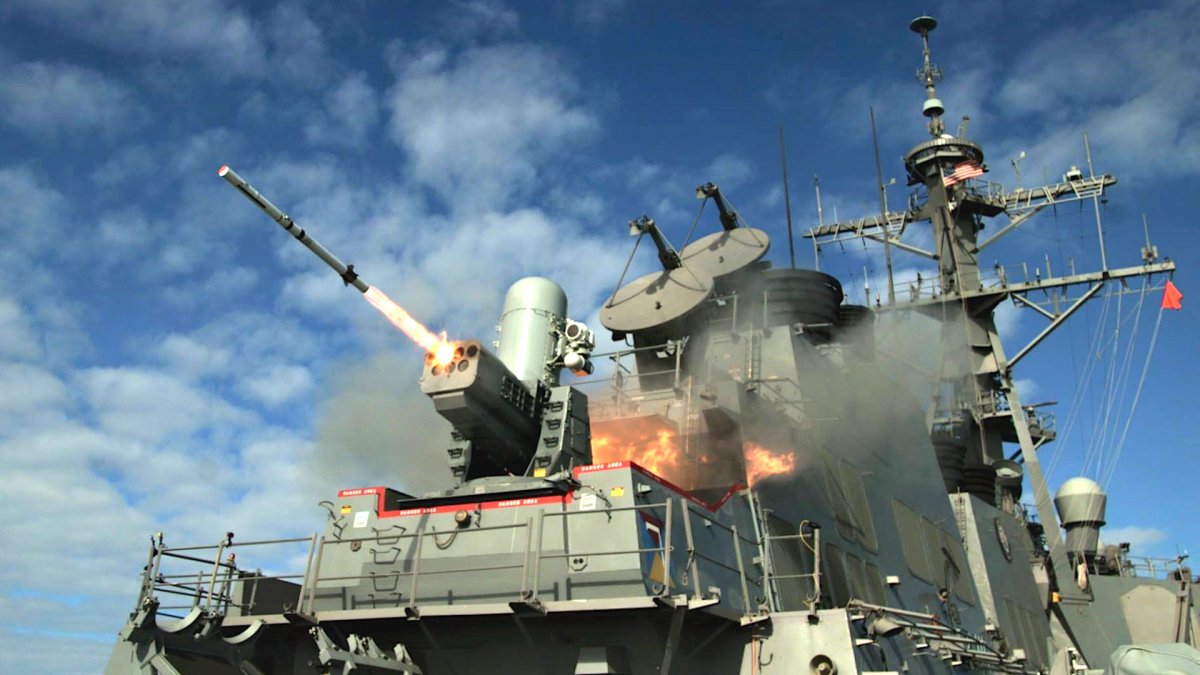Suitably Qualified and Experienced Personnel (SQEP) is a term that is critical in defence, and to be honest, industry in general.
It doesn't matter if a ship's crew is 50, 100, 200 or over 300, if you don't have sufficient SQEP to operate it.
A patrol boat does not grow the required SQEP to operate a frigate, an OPV with representative systems, including combat systems, and the required crewing structures does.
A GP frigate, with non representative systems could be either good or bad. The crews, in general, will build SQEP in how to operate the capability, but the maintainers in particular will not be as proficient in the different systems used on the majors.
SQEP in general is problematic as the decentralisation of the training sector in the late 90s and 2000s means it is much harder to determine what supposedly qualified technical people actually know and can do.
There are literally people who did a two or three days course, plus an assignment, who have received a diploma. While others, who may already have a trade, have undertaken several years part time study, 600 hours plus contact time, plus personal study, completing the equivalent of the first year of an engineering degree, while working in the industry, also get a diploma.
How do you determine who has SQEP?
Panels, boards etc. but they often require a minimum qualification of a degree before they will assess someone.
So you get a SNCO with twenty years experience, a trade, a diploma and they can't get SQEP. So they do a business or arts degree and they can??????
The problem is a lack of SQEP specifically, not a lack of people in general.
The other factor is, new shiny things attract recruits and encourage current personnel to stay. Old, hard to maintain gear does the opposite.
It doesn't matter if a ship's crew is 50, 100, 200 or over 300, if you don't have sufficient SQEP to operate it.
A patrol boat does not grow the required SQEP to operate a frigate, an OPV with representative systems, including combat systems, and the required crewing structures does.
A GP frigate, with non representative systems could be either good or bad. The crews, in general, will build SQEP in how to operate the capability, but the maintainers in particular will not be as proficient in the different systems used on the majors.
SQEP in general is problematic as the decentralisation of the training sector in the late 90s and 2000s means it is much harder to determine what supposedly qualified technical people actually know and can do.
There are literally people who did a two or three days course, plus an assignment, who have received a diploma. While others, who may already have a trade, have undertaken several years part time study, 600 hours plus contact time, plus personal study, completing the equivalent of the first year of an engineering degree, while working in the industry, also get a diploma.
How do you determine who has SQEP?
Panels, boards etc. but they often require a minimum qualification of a degree before they will assess someone.
So you get a SNCO with twenty years experience, a trade, a diploma and they can't get SQEP. So they do a business or arts degree and they can??????
The problem is a lack of SQEP specifically, not a lack of people in general.
The other factor is, new shiny things attract recruits and encourage current personnel to stay. Old, hard to maintain gear does the opposite.


